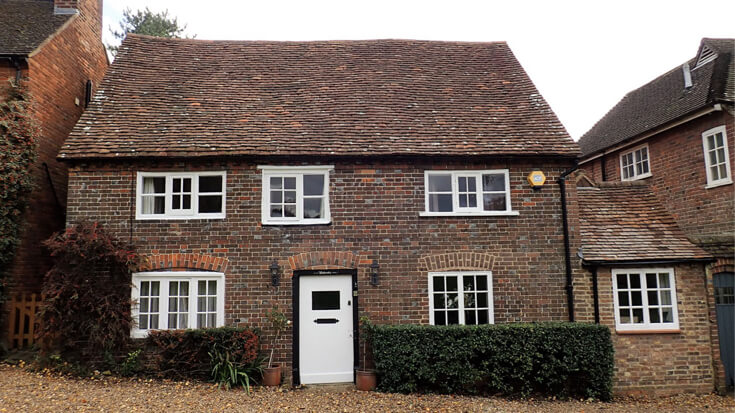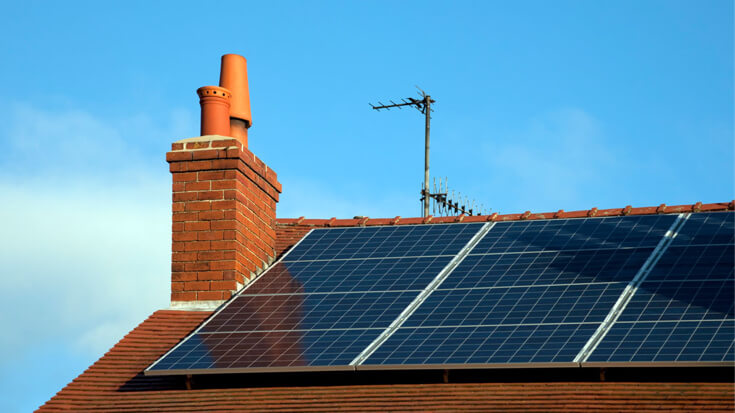 We’ve all heard the sinkhole horror stories - the Florida man who was swallowed whole in 2013 while he was sleeping, and the numerous people who’ve completely disappeared when walking down the street.
We’ve all heard the sinkhole horror stories - the Florida man who was swallowed whole in 2013 while he was sleeping, and the numerous people who’ve completely disappeared when walking down the street.
Although they may look like something out of a sci-fi movie, sinkholes are actually a lot more common than you might think.
In fact, according to the British Geological Survey, 22 sinkholes were reported in the UK in 2014 alone.
But what are sinkholes, and how dangerous are they? Read on to find out…
What causes a sinkhole?
Sinkholes often take thousands of years to form and vary greatly in size.
When a layer of soluble rock underneath the ground is eroded over many years by acidic water, it creates a cavity below the surface. The top level of soil then collapses into the eroded cavity when it can no longer support the weight above.
This final collapse of the surface can take anything from a few minutes to several hours.
Can you predict a sinkhole?
Yes and no. Sure, there are warning signs in urban areas but these aren’t clear-cut.
Doors and windows failing to close properly, or cracks appearing in the foundations of houses are signs, and in some cases ground movement can be detected. But pinning these things on a potential sinkhole isn’t easy.
Heavy rainfall or poor drainage systems can also trigger a collapse. It’s believed this is the case for the sinkhole in St Albans.
Are we at fault?
Sometimes human development can affect the natural processes, but not always.
For example, when creating basements, it may be necessary to drain water. This can destabilise the soil by washing away smaller particles - like sand - that are necessary to keep larger particles together, increasing the chances of collapse.
Burst water mains or sewage systems also cause many urban sinkholes to happen, regardless of the rock type below. These cause instability in the surrounding area.
Urban development also adds more weight to the surface layer, potentially speeding up the collapse of a sinkhole.
How can they be secured?
Often “foamed concrete” is poured into the sinkhole to shore up the crumbling walls - an operation which takes a number of days and provides the strength needed to prevent further collapse.
What about insurance?
Sinkholes aren't usually covered on a home insurance policy unless they damage the fabric of the building.




